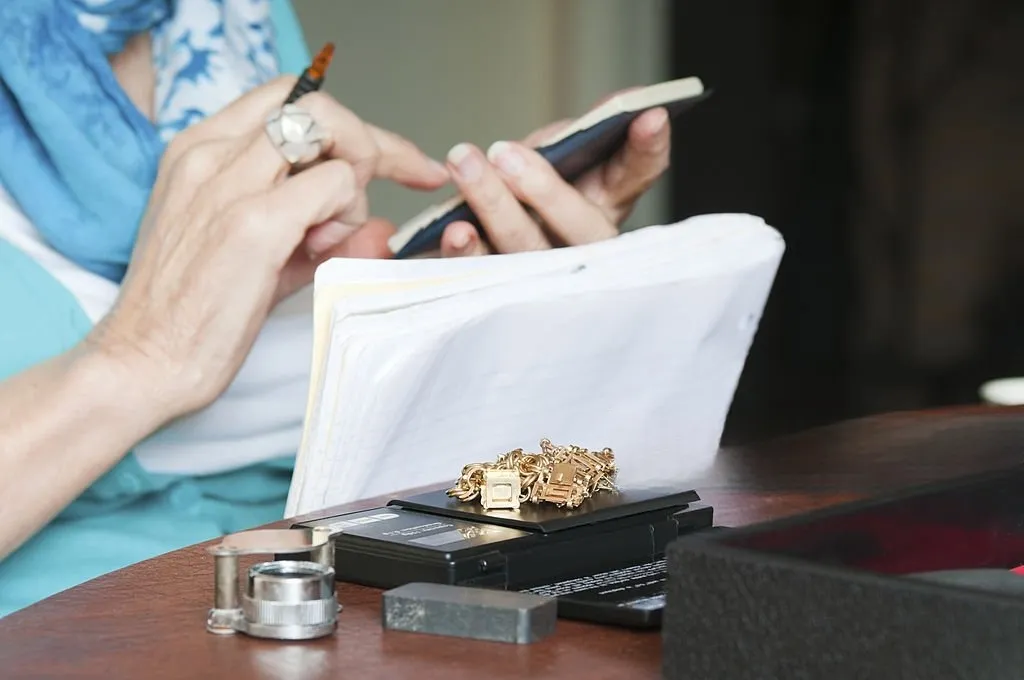
Digital jewelry scale as a coal laboratory commonly used as auxiliary testing equipment for sample weighing. The stability of its weighing is directly related to the heat, ash, volatile matter, sulfur and other test results of the correctness of the scale, but the digital jewelry scale is also a very “delicate” equipment; we should understand the characteristics of its common failures, the correct use of it! Failure phenomenon
1. jewelry scale power on self-test can not pass
the following fault code.
“EC1”: CPU damage
“EC2”: Keyboard error
“EC3”: Loss of stored data of jewelry scale
“EC4”: The sampling module is not activated.
Cause: A fatal error caused the jewelry scale not to work properly.
Solution: Send the jewelry scale for repair.
2. jewelry scale display “L.”
Reason: 1) The scale was not secured; 2) The scale was below the foreign body, and 3) The airflow ink and the scale touched each other.
Solution: 1) Place the scale on the scale seat; 2) gently pick up the scale to check whether there is a foreign body under the scale; take away the foreign body; 3) gently rotate the scale or air cover to see whether there is a phenomenon of touching, adjust the position of the air cover.
3. The loading jewelry scale display is “H.”
Reason: 1) the scale loaded on the object is too heavy, beyond the nearest range; 2) has been less than the value of the calibration weights or other objects calibrated jewelry scales, resulting in an open on the normal range of the weight display overweight.
Solution:1) Weigh only within the range; 2) Re-calibrate with the correct weights.
4. boot display “L,” loaded display “H,” or boot display “H,” loaded display “L”.
Reason: Jewelry scale beyond the permissible working temperature environment.
Solution: The jewelry scale’s normal working temperature environment is 20 ° C 5 ° C, and the ambient temperature change per hour is not greater than 1 ° C; the jewelry scale will be moved to the ambient temperature conditions of the place.
5. Jewelry scale display “E1”, the display overflow, the display value is more than 999999999.
Cause: The sample value is too small when counting or percentage weighing.
Solution 1:
When “E1” appears during piece counting, * first remove the object on the scale, re-select the number of samples, and select 10 samples of integer 2 times, 5 times, 10 times, etc. as samples. Note the current sample’s multiplier and read the displayed value multiplied by the multiplier when taking a reading.
Solution 2:
Percentage weighing appears “E1”, * remove the object on the scale, re-select the sample.
6. The display data used to change normally with the weight change, but suddenly, it does not change anymore.
Cause: An object larger than the value of the calibration weight was used to calibrate the jewelry scale, and thus, the display no longer increases after it becomes larger than a certain display value.
Solution: Recalibrate the jewelry scale.
7. No display appears after pressing the “i/o” key.
Possible reasons for analysis:
1. The power supply is not plugged in.
2. Blown fuse;
3. Keyboard error: key stuck.
Solution:
1) Plug in the power supply; 2) Replace the fuse. Please unplug the power cord, use a small screwdriver to pry out the fuse box at the power outlet of the jewelry scale, and replace the fuse; 3) Loosen the key fixing screws to adjust the key position.
8. After the power is on, only the display’s lower left corner shows “.” ,
No other display indicates that the jewelry scale weighing environment is unstable; the jewelry scale has never been able to get a stable weight.
Analyze the possible reasons
1 Jewelry scale door glass is not closed;
2 weighing pans below or around foreign objects;
3 airflow ink is not well placed, resulting in the weighing pan and the airflow ink touching;
4 jewelry scale surrounded by strong vibration, airflow;
5 jewelry scale weighing environment selection and weighing can change the range of improper settings.
Solution.
1. Close the door glass;
2. Please gently pick up the scale to observe whether there is any foreign matter; pay special attention to whether there is any fine foreign matter;
3 Slowly rotate the airflow ink or scale to observe whether there is any touching phenomenon;
4 choose a sturdy installation table with no vibration, airflow, and smaller use of the environment;
5. reset the jewelry scale weighing environment settings.




